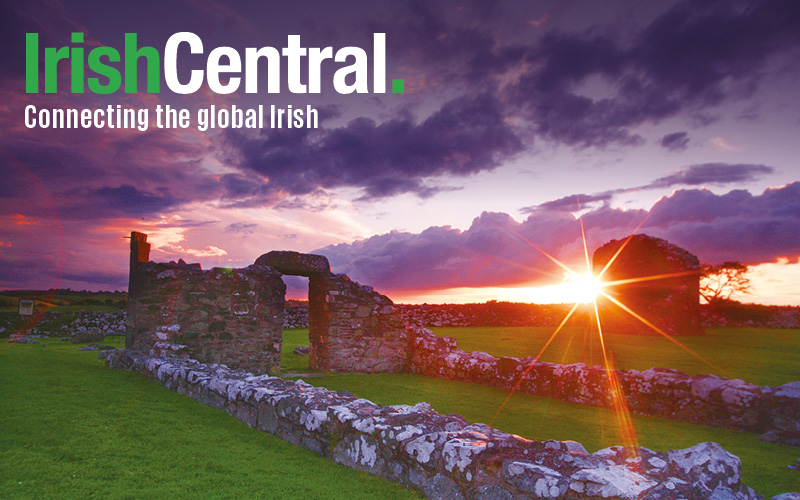Population, size, average age and other top tidbits about the island of Ireland you never knew
Ireland’s Central Statistics Office (CSO) and the Northern Ireland Statistics and Research Agency (NISRA) has released a report titled “Census 2011 Ireland and Northern Ireland” giving comprehensive results from the island for the first time.
Here’s a breakdown of the top results and some other facts and figures that may surprise you.
Read more: Mayo and the Cliffs of Moher tours
Area:
Ireland is 32,595 sq miles (84,421 km²)
At its widest the island is about 174 mi (280 km). At its longest (north-south) it is 302 mi (486 km).
It has over 3,000 miles of coastline.
Population:
6.4 million in total.
This comprises 4.6 million people in the Republic of Ireland (72 percent) and 1.8 million in the North.
To put these figures into context consider the fact that New York City has a population of 8.337 million and London is home to 8.307 million.
The overall population density of Ireland is 78 persons per square kilometer.
Read more: Number of Irish Americans seven times larger than entire population of Ireland
Read more: Galway and the West tours
Language:
The official languages are Irish and English but most of the population uses English. Irish is a compulsory subject in all schools that receive state funding.
Age:
The median age in Ireland is 34.
This is lower than any other European Union member state.
Religion:
Catholicism remains dominant at 84 percent.
Protestants and other Christians represented 42 percent of the population of Northern Ireland while Catholics accounted for 41 percent, with the remainder made up mainly of those with no religion (10%) or not stated (6.8%).
Read more: Dublin and surrounding areas tours
Marriage and divorce:
In Northern Ireland the number of single people has increased by 20 percent since 2001. While that figure in the Republic is up by 15 percent.
There were 56,900 separated and 78,000 divorced persons in Northern Ireland, representing 9.3 percent of those aged 15 and over, while the comparable figures for Ireland were 87,800 persons divorced and 116,200 separated which together accounted for 5.7 percent.
Households:
The predominant household structure in both jurisdictions is married couples with children (of any age), accounting for 32 percent of households in Ireland and 28 percent of those in Northern Ireland.
Cohabiting couples were more prevalent in Ireland, accounting for 7.7 percent of households compared with 5.5 percent of those in Northern Ireland.
Read more: Kerry and the Wild Atlantic Way tours
Place of birth:
In Northern Ireland, 202,000 people, 11 percent of usual residents, were born outside the jurisdiction; 37,900 were born in Ireland, representing almost one fifth of the total.
In Ireland, in contrast, the 58,500 people born in Northern Ireland accounted for just 7.6 percent of the total 766,800 persons born outside Ireland, who in turn represented 17 percent of the population.
Industry:
The Wholesale and Retail sector employed the highest proportion of persons of all sectors in both Northern Ireland and Ireland, although rates in Northern Ireland (18 percent) exceeded those in Ireland (15 percent).
Human health and social work was the second most important sector, with 14 percent of persons in Northern Ireland and 11 percent in Ireland, followed by manufacturing, which accounted for 10 and 11 percent respectively.
Housing:
Terraced housing accounted for 25 percent of dwellings in Northern Ireland compared with 17 percent in Ireland, while the most striking difference between both jurisdictions was for non-private or social rented accommodation, which accounted for 15 percent of dwellings in Northern Ireland, compared with 8.7 percent in Ireland.
The vacancy rate in Ireland was 15 percent compared with 6.0 percent in Northern Ireland.
Read more: Northern Ireland and Game of Thrones tours
Sources: CSO, Reuters Factbox.
*Originally published in June 2014.




Comments